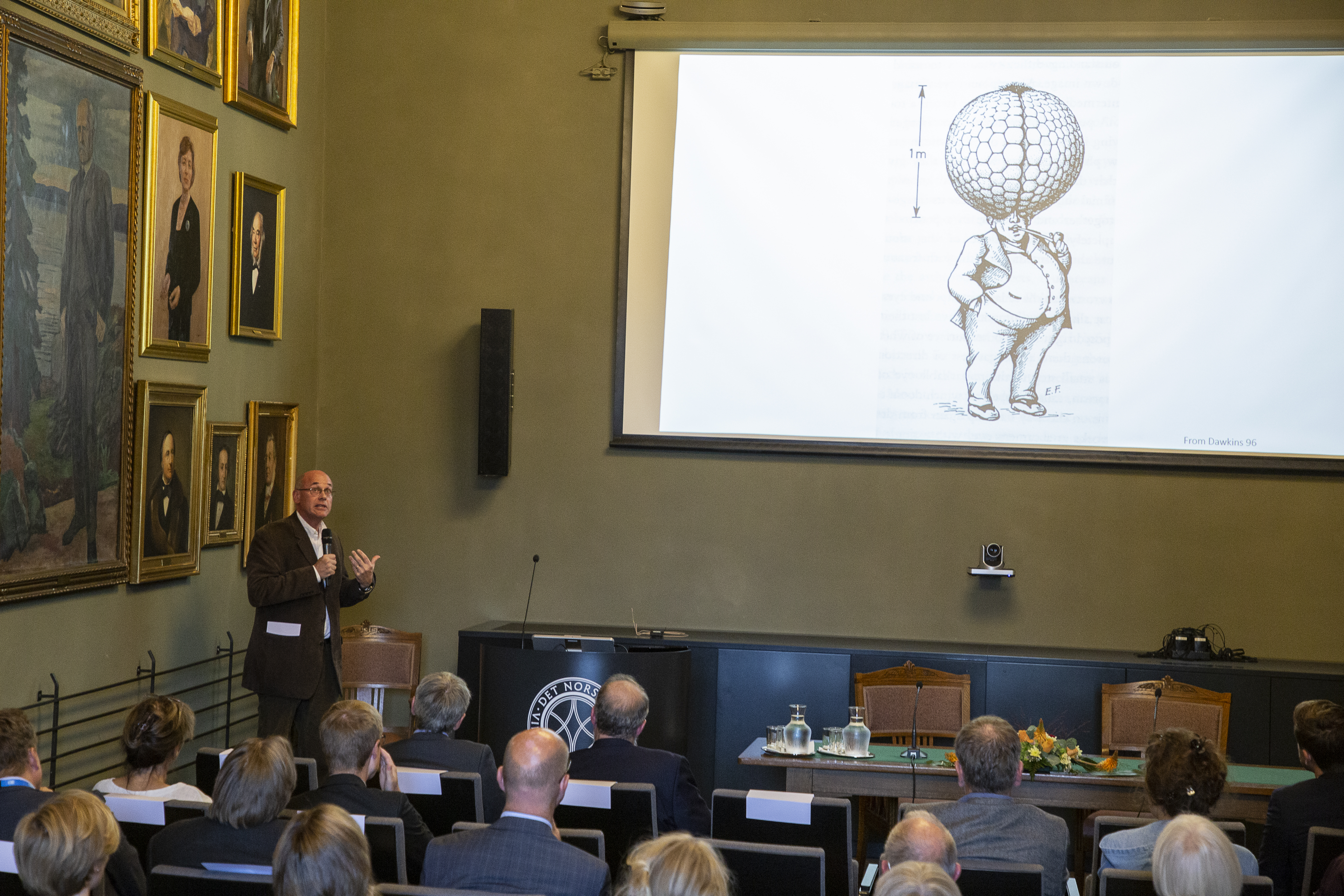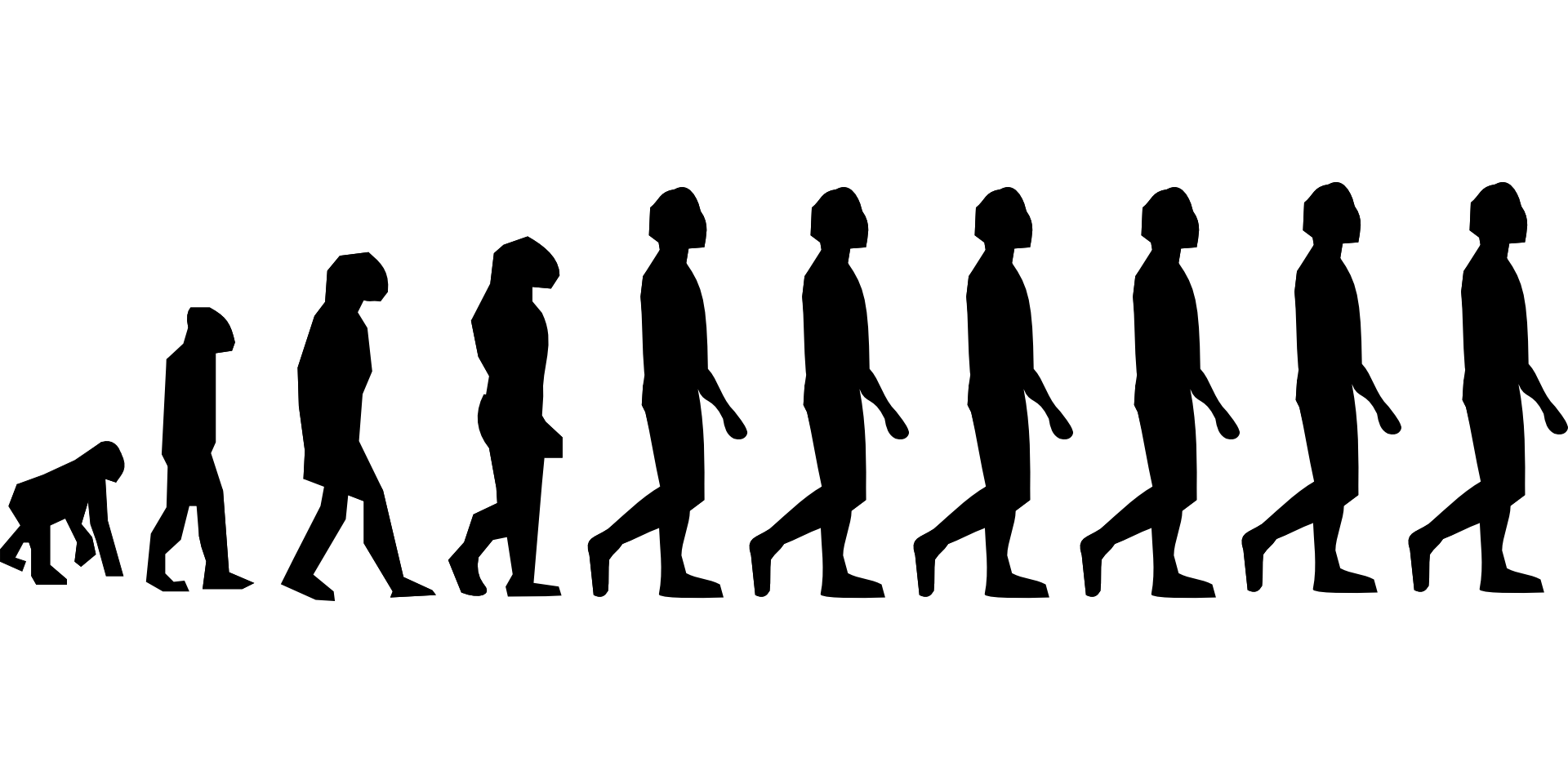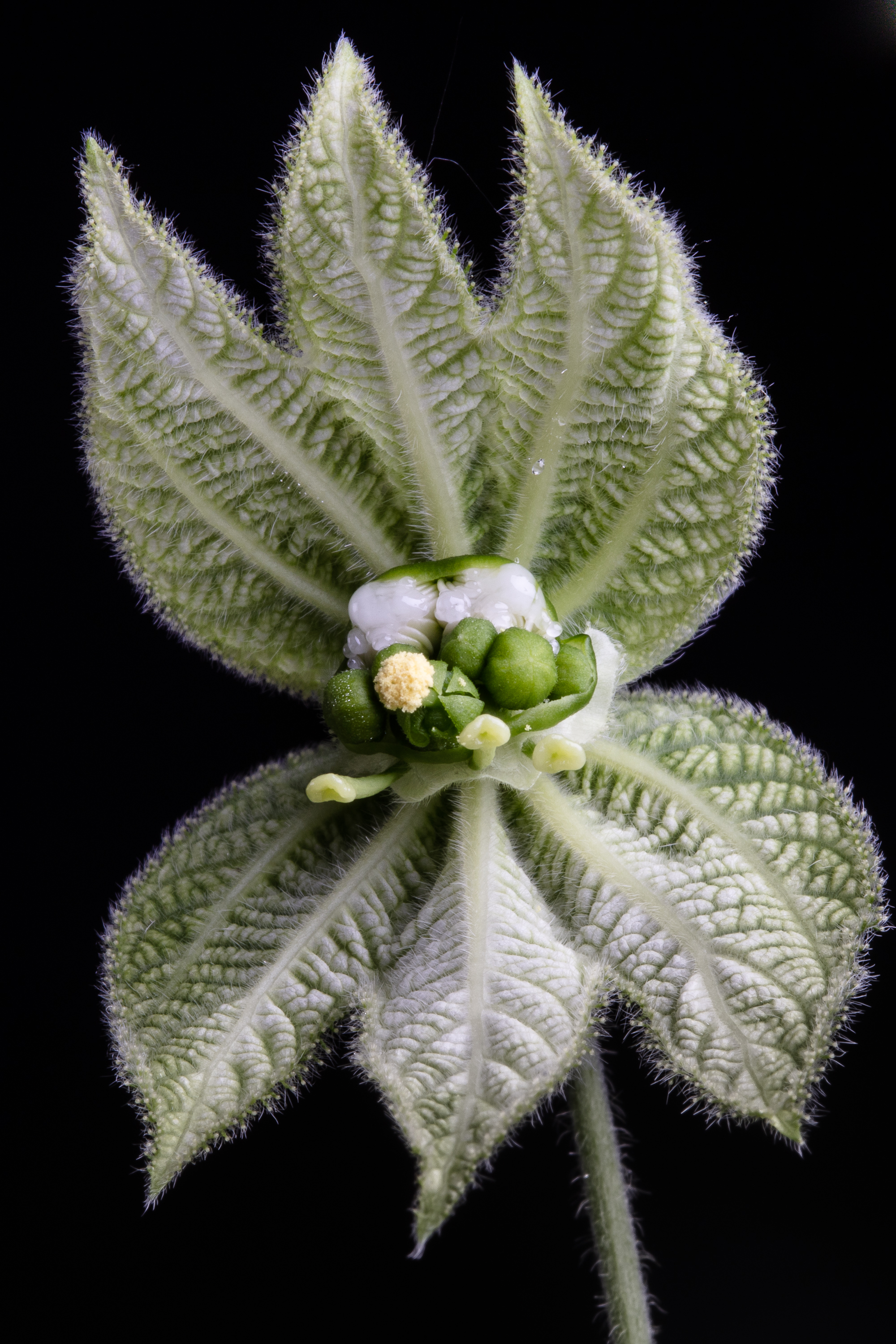Meet the project: What are the preconditions for evolution?

‘How can anyone not find this interesting?’
Thomas F. Hansen laughs, before he convincingly illuminates the banality of my question.
‘Evolvability is interesting because it is about fundamental aspects about how evolution happens”, he says firmly.
The question, however, brings him straight to the core of the project. Mission accomplished.
‘We study the ability of organisms to adapt to changes, and human induced changes to the environment, for instance’.
Hansen, who usually works at the University of Oslo, will spend one year at CAS in Oslo as a group leader, together with Christophe Pélabon, who has moved all the way from The Norwegian University of Science and Technology (NTNU) in Trondheim.
‘Our research can also have implications for understanding cancer - and virus evolution’, Pélabon adds.
‘We don’t say that we will solve all problems with cancer research by the end of the year, but the general theme of evolvability can have very applied use.’
Meet the CAS project Evolvability: A New and Unifying Concept in Evolutionary Biology.
What is evolvability?
The last 100 years, evolutionary biologists have tried to understand how selection works. Why do some organisms survive and reproduce, whilst some die out?
‘We have a detailed mathematical theory about selection that can predict what will happen under all different kinds of circumstances’, Hansen says.

However, this theory takes genetic variation for granted, he argues.
‘Evolutionary biology typically assumes that you have genes that can do whatever you want or that there is genetic variation for the trait that you are selecting upon’.
Characters, populations and species show different ability to respond to selection, and we cannot take evolution for granted, the project leaders argue.
Evolvability is about a fundamental aspect of evolution. Researchers in evolvability try to find out what the preconditions are for organisms to evolve. Under what circumstances do they evolve?
Since the birth of the concept, there has been a flood of research on evolvability from several perspectives.
‘Now it is time for us to unify all the different findings and research, in order to see if it can help us study this concept, the ability to evolve’, Hansen says.
‘The project hosts people who are not used to talking and working together, but who study the concept of evolvability’, Pélabon says.
At CAS, Pélabon and Hansen have gathered prominent scholars from different fields of evolutionary biology as well as philosophers of science.
‘Interaction between genes can constrain evolution’
The project is divided into three main fields: evolution and development, which studies the interplay between evolution and the development of organisms; quantitative genetics, which study evolution at the population level, and macroevolution, which studies evolutionary changes at large time scale using for example the fossil record.
‘Evolution happens under certain circumstances. What makes evolution, transitions such as the development of really specialised fingers, possible?’ Hansen asks.
At this point, what do you know about an organism’s evolvability?
Hansen points to one theoretical insight: Certain patterns of interaction between genes (epistasis) are important for evolvability.
‘A lot of classical evolutionary biology is based on the assumptions that genes act additively, which means that if you change one gene, the effect does not depend on changes in other genes’, he explains.
However, what the researchers working on evolvability have learned is that if genes interact it is not that easy to change a gene, because the change in one gene may for example decrease the effect of changes on other genes. This type of interaction would result in loss of evolvability, and then selection cannot as easily pull you in one direction.
‘This insight into how interaction between genes can constrain evolution is something that has been understood over the last 20 years, after the onset of research on evolvability’, Hansen says.
Another finding is that the correlation between different parts of the organism is important. Now, Hansen recognises that this has been an established fact for a long time, but now researchers try to find out whether it is possible to change a body part, such as an arm, without changing the leg. That is new.
Understanding the capacity to adapt to change
Since researchers cannot do lab work at CAS, the project builds on fieldwork and experiments conducted before the CAS year started.
‘I try to understand these patterns of interactions by doing artificial selection. Just like we have done for 10 000 years with domesticated species, we select certain parts of our study organism, such as those of the vine Dalechampia blossoms, Pélabon says.

Pélabon does artificial selection in a greenhouse at NTNU on different part of the Dalechampia blossom.
‘For example, I take the plants with the largest petals, cross them (use the pollen of one to pollinate the ovules of another in the same group) and get the seeds for the next generation’, he explains.
This allows them to test the different models empirically.
‘Not only do we score what happens to the petal, but we also look at what happens to other parts of the blossom. We can test whether we can change the size of the petal without changing the size or shape of other floral parts’, Hansen says.
This way, the researchers can test which parts of the blossom are autonomous, and can thus evolve without compromising the rest of the blossom.
‘Finding the answers to these questions could help us understand the potential for organisms to survive, and adapt to different environments’, Hansen says.
Pélabon says that CAS is an ideal place to be because it enables and promotes discussion across fields.
‘To discuss these results with the other fields is very important because people from different fields have different understandings of the data’, Pélabon says.
Is the climate changing so fast that we are not able to adapt?
‘It is not either or’, Hansen answers.
‘Some will be able to adapt, some will not. Some will be able to survive some places, others will have to migrate. To make predictions it is important to understand the capacity to adapt to change.’
‘Will polar bears manage to adapt to ice free landscapes? Clearly, the climate changes so fast that they will not manage, unless they start running fast and catch reindeer, which I doubt’, Pélabon says laughing.
Why did you apply for a year at CAS?
‘It is very difficult to find funding for projects where the main goal is to facilitate communication between groups at different Norwegian universities. CAS offers funding and a fantastic place for this kind of collaboration. It is unique, and it is something we have not managed to do before’, Pélabon says.
This story is also published on sciencenorway.no